In performing long-lasting comprehensive dentistry, form, function, esthetics and stability are the attributes that we strive for and should for good reason. In the end, it is ‘physiology’ that informs and governs the long-term end result. In generalities, anatomy (i.e., form) gives us guidance whereas physiology determines the end result.
There have been exponential changes in how we use technology to help us witness what happens in the human body in real time, both in terms of imaging and physiological events. Coupled with that is the advancement in material science that helps us get closer to replicating nature and, at the same time, allowing such human interventions to serve us for a relatively long time.
Such advancements have been made possible by the synergies between accredited higher learning institutions, industry committed to research and development and continuing education institutions. Such synergy is the requirement for the advancement that we witness today.
The health professional also has to become a perennial student who should be given access to such information in a manner that makes it practical to use such information for the benefit for the general public.
Suffice it to say that such an environment does make it open to frivolous and unsubstantiated treatment regimens that should be monitored. In the absence of a robust policing mechanism, which would in turn be stifling, a peer-to-peer mechanism is the most efficient and practical.
Continuing education facilities provide a fertile ground for such a mechanism that fosters excellence and allows for the practitioners to gain knowledge that would help them incorporate such knowledge into practice.
This year at the Greater New York Dental Meeting (GNYDM), I discussed the theory and science behind the neuromuscular occlusion philosophy and its application in treating numerous cases that range from esthetic needs to pain management in a contemporary setting. This philosophy of treatment is predicated on measuring physiological parameters so that one can be sure that the balance within the stomatognathic system has been attained.
Another area that needs to be mentioned is the area of sleep breathing disorders that affects at least 20 per cent of the American population. The gold standard of sleep center-orchestrated sleep studies, coupled with the gold standard of prescribing CPAPs (Continuous Positive Air Pressure), is meeting with a lot of resistance such that the majority of the patients needing the treatment are not complying for various reasons.
Ambulatory sleep studies that are considered diagnostic in nature along with the delivery of mandibular advancement appliances are gaining ground as a viable alternative to the “gold standard.” Therefore, physicians and dentists are combining their abilities for the benefit of the patients needing help with their affliction.
Furthermore, there is correlation between sleep breathing disorder and the lack of balance within the stomatognathic system and, therefore, exploration within both of these areas can lead to a win-win for the patient, whereby the patient gets relief from the sleep breathing disorder as well as balance within the stomatognathic system. Suffice it to say that this body of knowledge requires further work and as time goes on, we will see more information including best practices.
In my lecture at the GNYDM, I discussed this much-ignored arena of sleep disordered breathing in the overall diagnosis leading to treatment that allows the alleviation of this harmful disorder with far reaching complications that can result in increased mortality and morbidity. Successful long-term treatment outcomes will be shared along with patient testimonials.
Finally, I would like to underscore that we, at the Las Vegas Dental Institute, offer a comprehensive series of continuing education courses that are specifically organized so you may avail yourself with all this information in an organized manner, which also allows it to be practical as we do offer live-patient treatment programs.
About the author
Dr Sam Kherani, DDS, FAGD, LVIM, is a graduate of University of Western Ontario and has been in general practice since 1981 with a special interest in adhesive dentistry. Prior to joining LVI full-time, he served as a clinical instructor at the institute as well as a regional director. Awarded fellowship from the Academy of General Dentistry and appointed Trustee of Public Colleges Foundation by the government of Alberta, Kherani is also one of 14 recipients of the coveted mastership designation from the LVI. Additionally, he serves on the board of directors of the International Association of Comprehensive Aesthetics and teaches dentists from all over the world in the latest treatments for cosmetic dentistry, full-mouth reconstruction and neuromuscular occlusion.
The American Academy of Implant Dentistry recently announced the release of the first benchmarking study for the implant dentistry practice in the United ...
Dr David S. Frey has been in private practice in Beverly Hills, CA, USA, for more than 20 years. His passion for learning and excellence has allowed him to ...
For years, orthodontic practices like mine had to rely on different providers for the latest digital technology. One company provided the scanner, another ...
CHICAGO, Ill., USA: Already known across the globe for its handpieces, KaVo used the Midwinter Meeting as the first major tradeshow to feature its newly ...
Dental implants are placed either utilizing a one-stage approach (healing abutment placed at implant placement) or a two-stage approach (implant is covered ...
Malocclusion is a pervasive oral health issue associated with numerous diseases and conditions that may affect a patient’s overall health and quality of ...
Surgery will never replace solid endodontic principles and should always be a last resort. Apical microsurgery consists of nine basic steps that must be ...
Dentists today are living during exciting times when advancements in materials, techniques and diagnostics allow us to predictably improve the quality of ...
The first article I wrote on CAD/CAM 25 years ago was about the three Ps: prep, powder and picture. At that time, all we were worried about was the final ...
The LANAP protocol for the treatment of periodontal disease is an alternative to conventional scalpel/suture flap surgery. The procedure is designed to ...
Live webinar
Wed. 14 January 2026
12:00 PM EST (New York)
Dr. Théo Laplane, Dr. Robert Gottlander DDS
Live webinar
Fri. 16 January 2026
12:00 PM EST (New York)
Live webinar
Mon. 19 January 2026
1:00 PM EST (New York)
Philipp Kopp, Michael Seeber
Live webinar
Thu. 22 January 2026
9:00 AM EST (New York)
Prof. Judith Jones D.D.S; M.P.H., Prof. Kakuhiro Fukai D.D.S., Ph.D, Dr. Bathsheba (Bethy) Turton
Live webinar
Thu. 22 January 2026
2:00 PM EST (New York)
Dr. Nicola M. Grande DDS, PhD
Live webinar
Wed. 28 January 2026
8:00 AM EST (New York)
Live webinar
Wed. 28 January 2026
11:00 AM EST (New York)
Prof. Dr. Jan-Frederik Güth



 Austria / Österreich
Austria / Österreich
 Bosnia and Herzegovina / Босна и Херцеговина
Bosnia and Herzegovina / Босна и Херцеговина
 Bulgaria / България
Bulgaria / България
 Croatia / Hrvatska
Croatia / Hrvatska
 Czech Republic & Slovakia / Česká republika & Slovensko
Czech Republic & Slovakia / Česká republika & Slovensko
 France / France
France / France
 Germany / Deutschland
Germany / Deutschland
 Greece / ΕΛΛΑΔΑ
Greece / ΕΛΛΑΔΑ
 Hungary / Hungary
Hungary / Hungary
 Italy / Italia
Italy / Italia
 Netherlands / Nederland
Netherlands / Nederland
 Nordic / Nordic
Nordic / Nordic
 Poland / Polska
Poland / Polska
 Portugal / Portugal
Portugal / Portugal
 Romania & Moldova / România & Moldova
Romania & Moldova / România & Moldova
 Slovenia / Slovenija
Slovenia / Slovenija
 Serbia & Montenegro / Србија и Црна Гора
Serbia & Montenegro / Србија и Црна Гора
 Spain / España
Spain / España
 Switzerland / Schweiz
Switzerland / Schweiz
 Turkey / Türkiye
Turkey / Türkiye
 UK & Ireland / UK & Ireland
UK & Ireland / UK & Ireland
 International / International
International / International
 Brazil / Brasil
Brazil / Brasil
 Canada / Canada
Canada / Canada
 Latin America / Latinoamérica
Latin America / Latinoamérica
 China / 中国
China / 中国
 India / भारत गणराज्य
India / भारत गणराज्य
 Pakistan / Pākistān
Pakistan / Pākistān
 Vietnam / Việt Nam
Vietnam / Việt Nam
 ASEAN / ASEAN
ASEAN / ASEAN
 Israel / מְדִינַת יִשְׂרָאֵל
Israel / מְדִינַת יִשְׂרָאֵל
 Algeria, Morocco & Tunisia / الجزائر والمغرب وتونس
Algeria, Morocco & Tunisia / الجزائر والمغرب وتونس
 Middle East / Middle East
Middle East / Middle East

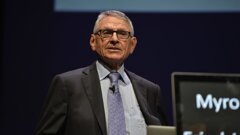
































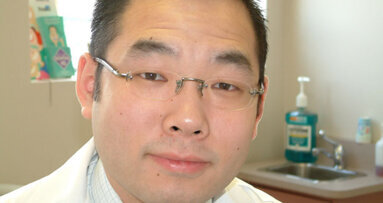
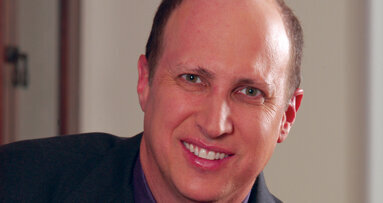

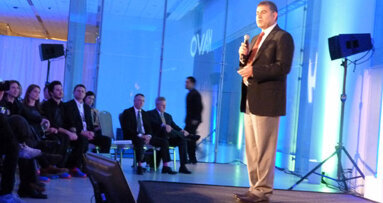
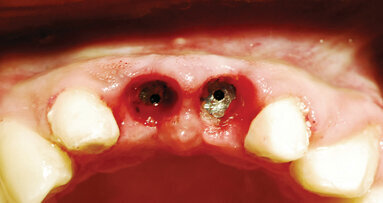


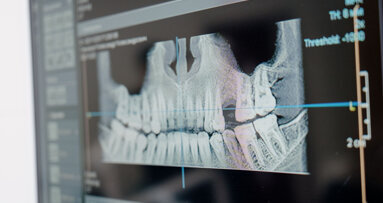
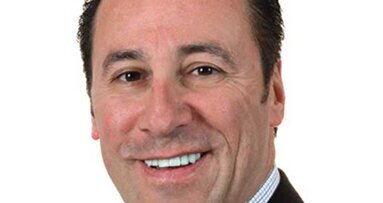
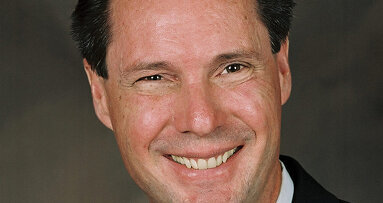

















To post a reply please login or register